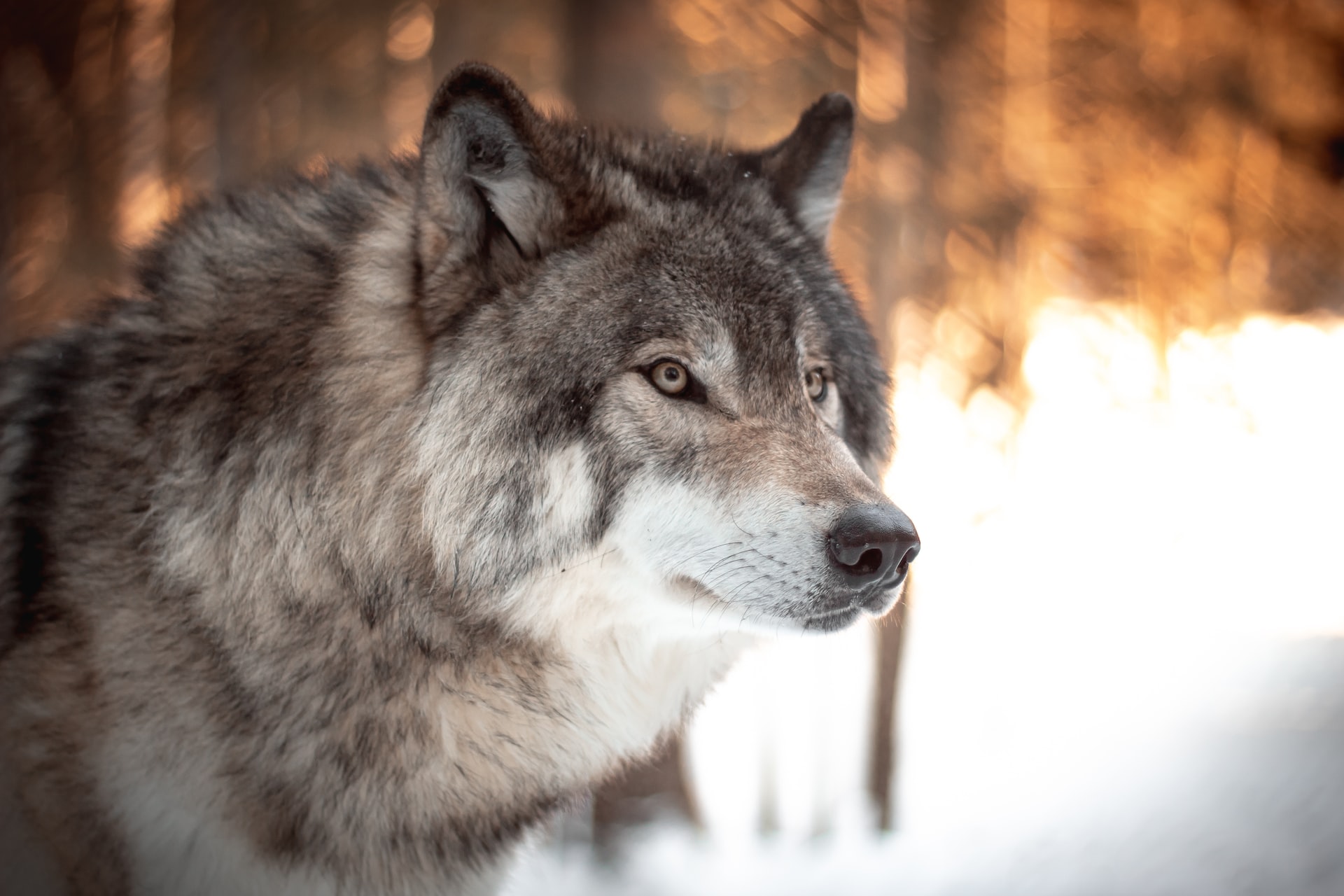Wolf-tastic: The Fascinating World of the Large and Carnivorous Mammal

Wolves are large, carnivorous mammals that are native to parts of North America, Europe, and Asia. They are known for their distinctive appearance, including their thick fur, pointed ears, and sharp teeth. Wolves are an important part of many ecosystems and play a vital role in maintaining the balance of nature.
Physical characteristics
Wolves are large mammals that can weigh up to 175 pounds. They have a strong build, with thick fur, pointed ears, and sharp teeth, which they use for hunting and foraging.
Wolves also have an excellent sense of smell, which they use to locate prey and avoid danger. They have a complex social structure and communicate with each other through vocalizations, body language, and scent marking.
Behavior and ecology
Wolves are social animals and live in large groups called packs, which can range in size from a few individuals to over 20. Packs are led by a dominant male and female, who are responsible for the group’s decisions and welfare.
Wolves are carnivores and feed on a variety of animals, including deer, elk, and moose. They are also known for their intelligence and problem-solving abilities and are skilled hunters and scavengers.
Reproduction and social structure
Wolves have a complex social structure and mating system. Males are responsible for protecting and providing for the pack, while females do the majority of the caring for the young.
Wolves mate throughout the year and females give birth to a litter of pups after a gestation period of around 63 days. Pup survival rates vary depending on the species and environmental conditions.
Conservation and threats
Wolves are threatened by habitat loss, poaching, and conflicts with humans. They are protected by international law, and conservation efforts are underway to protect their remaining populations and help them recover.
Some of the threats facing wolves include habitat destruction due to logging, agriculture, and urbanization, as well as poaching for their meat, fur, and other body parts.
Breeds and types
There are several recognized subspecies of wolves, which are found in various parts of the world, including North America, Europe, and Asia. Some of the most well-known subspecies include the gray wolf, the red wolf, and the arctic wolf.
Wolves are also classified into two categories based on their size and habitat: large forest wolves and small arctic wolves.
The gray wolf is the largest and most widely distributed of all wolves and is found in parts of North America, Europe, and Asia. Gray wolves are highly adaptable and can live in a variety of habitats, including forests, grasslands, and tundra.
The red wolf is a smaller and more endangered species of wolf and is native to parts of the southeastern United States. Red wolves are highly adaptable and can live in a variety of habitats, including forests, swamps, and coastal areas.
The arctic wolf is a subspecies of the gray wolf that is native to the Arctic regions of North America and Europe. Arctic wolves are adapted to living in cold environments and have a thick coat of fur to help keep them warm.
And, finally, to sum things up.
Wolves are fascinating and important animals that play a vital role in many ecosystems. However, they are also threatened and face significant challenges to their survival.
Conservation efforts are important to protect these animals and help ensure their future. It is also important for humans to coexist with wolves in a way that minimizes conflict and promotes the long-term survival of these animals.










